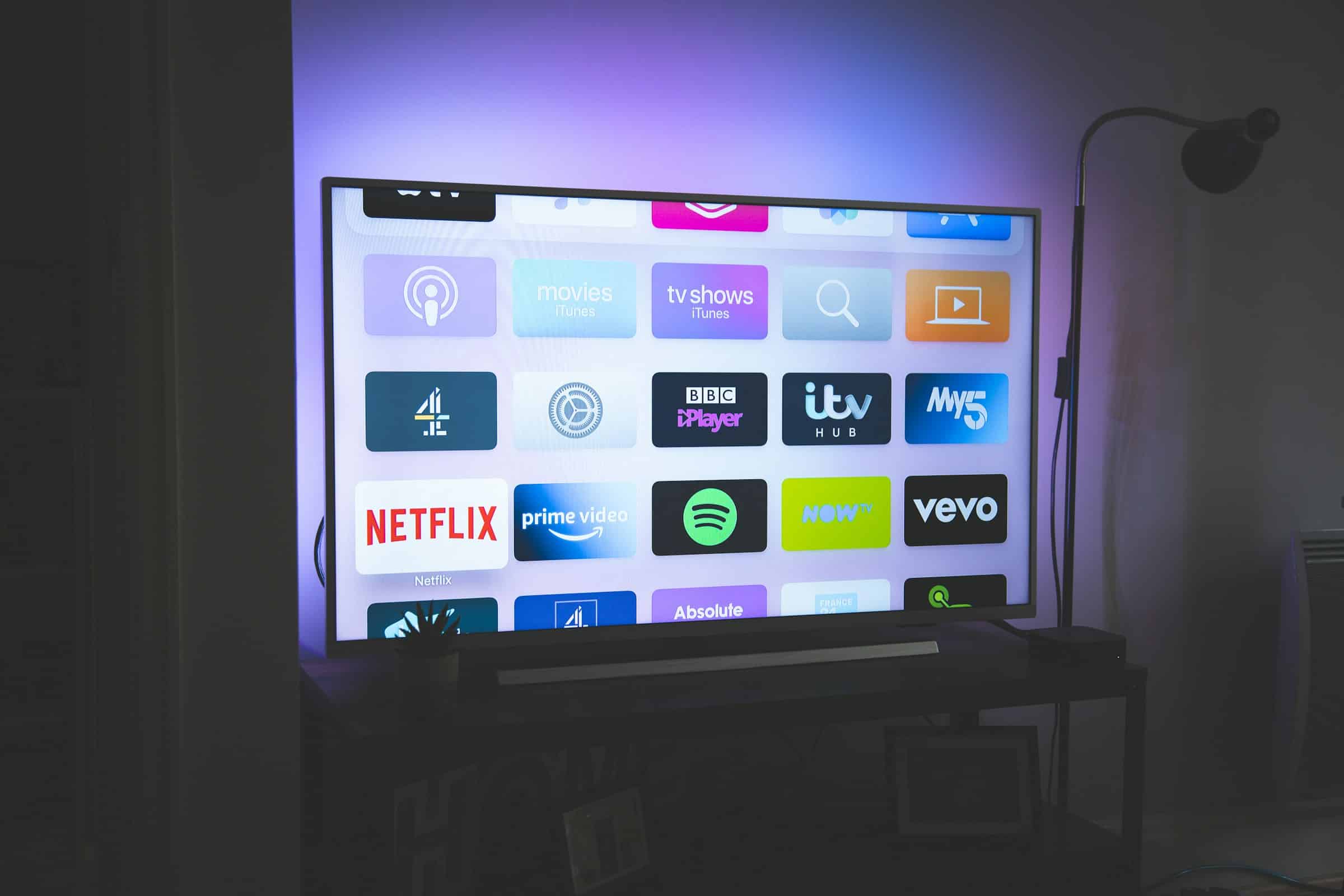The digital revolution is transforming the way we consume media. Among these changes, the advent of artificial intelligence (AI) is providing a significant shift in how we interact with our Smart TV applications. AI is more than just a tool for automation—it’s a way to understand and cater to the specific preferences and habits of individual users.
The potent combination of AI and data can lead to more personalized recommendations, smarter app design, and even voice-based interactions. These improvements are not just for the sake of novelty; they’re about providing an experience tailored to each user’s needs and wants. In this article, we’ll delve into how AI is enhancing the user experience in Smart TV apps like Netflix and beyond.
A lire en complément : What Are the New Technologies Helping UK’s Small Businesses in Efficient Inventory Management?
AI and Personalized Content Recommendations
Artificial Intelligence has a profound impact on content recommendations. It leverages user data to understand viewing habits, preferences, and tastes to suggest content that aligns with the user’s interests.
Netflix, for example, uses AI to analyze the viewing behavior of its millions of users. This data is then processed to identify patterns and preferences, which are used to provide personalized recommendations. The more data an app has about users’ preferences, the better the AI system can predict what they want to see. This means that each user’s Netflix home screen is tailored to their taste, showing content they’re likely to enjoy. This is a far cry from the days of one-size-fits-all TV programming.
A lire également : What’s the Role of Digital Twins in Custom Manufacturing for Aerospace Components?
AI and Smart App Design
A well-designed app is crucial for providing an excellent user experience. AI holds significant promise in this area. It can analyze the way users interact with an app, identifying patterns and trends that human designers might miss.
For instance, AI can identify if users typically stop watching a show halfway through, or if they tend to binge-watch entire seasons in a single sitting. This can inform the design of the app, allowing for easier navigation to favorite shows, or providing warnings when a user is about to start a new series late at night.
AI can also optimize the app for different devices. Maybe a user typically watches content on their phone in the morning, but switches to their Smart TV in the evenings. The app can adapt its interface accordingly, ensuring a smooth, seamless experience regardless of the device.
Personalized Customer Service Through AI
AI is not just about improving content and design; it can also revolutionize customer service. AI Chatbots and voice assistants can provide immediate, personalized responses to users’ queries and complaints.
They can guide users through troubleshooting steps, provide information on new features and updates, and even handle basic account management tasks. By extracting insights from past interactions, they can offer a level of personalized service that would be impossible for human agents to match.
For instance, if a user frequently has issues with a particular feature, the AI can proactively offer advice or suggest alternative ways of doing things. This doesn’t just solve the immediate problem—it also enhances the overall user experience by showing that the app understands and cares about the user’s needs.
AI and Voice-Based Interactions
Voice-based interactions are an increasingly popular way of interacting with smart TVs and their apps. By using AI, voice commands can go beyond simple instructions and evolve into genuinely conversational interactions.
AI can understand the context and intent behind a command, allowing for more natural and intuitive voice interactions. Instead of saying “Play the next episode of Stranger Things,” a user could simply say “Continue where I left off,” and the AI would know what to do. This kind of intelligent voice interaction can make the user feel more engaged and in control, enhancing their overall experience.
AI-Based Learning and Continuous Improvement
One of the most significant benefits of using AI is its ability to learn and improve over time. By continuously analyzing user data, AI can refine its understanding of user behavior and preferences, leading to ever-more personalized experiences.
Whether it’s fine-tuning content recommendations, optimizing app design, enhancing customer service interactions, or improving voice command recognition, AI can use every interaction as an opportunity to learn and improve.
In conclusion, AI is transforming the user experience in Smart TV applications, making them more personalized and intuitive than ever before. By understanding and catering to individual user preferences, AI is making watching TV a more enjoyable and engaging experience for everyone.
AI and Interactive Advertising
In the context of Smart TV applications, artificial intelligence is revolutionizing the way we approach advertising, making it more interactive and personalized. AI can use user data to tailor advertisements to individual viewing habits, interests, and preferences.
For instance, streaming services like Hulu and YouTube TV offer targeted advertising based on what the user watches and searches for. This means that users are more likely to see ads that are relevant to them, potentially increasing engagement and conversion rates. In addition, AI can analyze how users respond to ads, such as whether they skip them, watch them in full, or click on them. These insights can guide future advertising strategies, helping advertisers deliver more compelling and effective ads.
AI can also make advertising more interactive. For example, users could use voice commands to ask for more information about a product, request a reminder to buy it later, or even make a purchase directly from the ad. This kind of interactive advertising can make ads feel less intrusive and more like a value-added service, enhancing the overall user experience.
Moreover, the power of AI extends to the timing and placement of ads. It can analyze when users are most likely to be watching and what they’re likely to be watching, and schedule ads accordingly. For example, it might place an ad for a new movie during a popular show, or an ad for a cooking product during a cooking show. This kind of strategic ad placement can increase the relevance and effectiveness of ads, benefiting both advertisers and users.
AI and Parental Controls
AI can also assist in making Smart TV applications more family-friendly through enhanced parental controls. While traditional parental controls allow parents to block certain channels or set viewing time limits, AI can take this a step further by personalizing these controls based on each child’s age, interests, and viewing habits.
For instance, AI can suggest age-appropriate content for each child, based on their previous viewing behavior and parental settings. It can also adapt these suggestions over time as the child grows and their interests change. This can make it easier for parents to ensure their children are watching appropriate content, without having to manually review every show or movie.
Furthermore, AI can analyze viewing patterns to detect when a child might be watching too much TV, or watching at inappropriate times (like late at night). It could then send alerts to parents, or automatically enforce viewing limits. This kind of proactive, personalized parental control can provide parents with greater peace of mind, and make Smart TV applications more appealing to families.
Conclusion
In conclusion, AI is not only personalizing the user experience in Smart TV applications but also revolutionizing the way we approach advertising and parental controls. By tailoring ads to individual viewing habits and preferences, AI increases engagement and makes advertising feel less intrusive. Meanwhile, AI-enhanced parental controls make it easier for parents to ensure their children are watching age-appropriate content.
As AI continues to evolve and improve, we can expect to see even more innovative applications and features that make watching TV a more personalized, enjoyable, and intuitive experience. This goes to show that the future of television lies not just in smart TVs, but in intelligent, AI-powered apps that understand and cater to each user’s unique needs and preferences. Indeed, AI is redefining the way we watch TV, and it’s just getting started.






